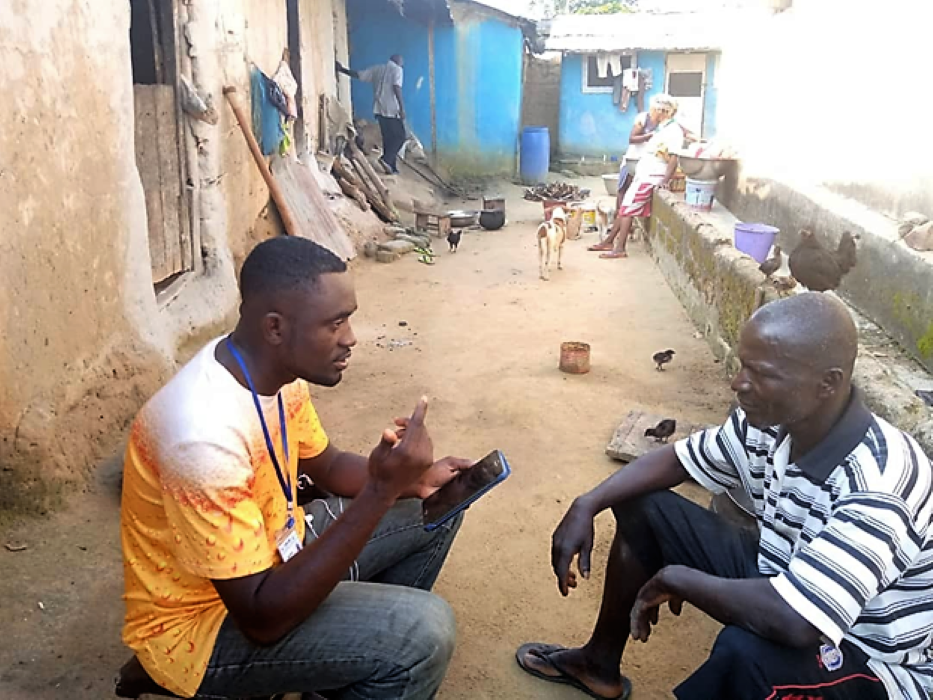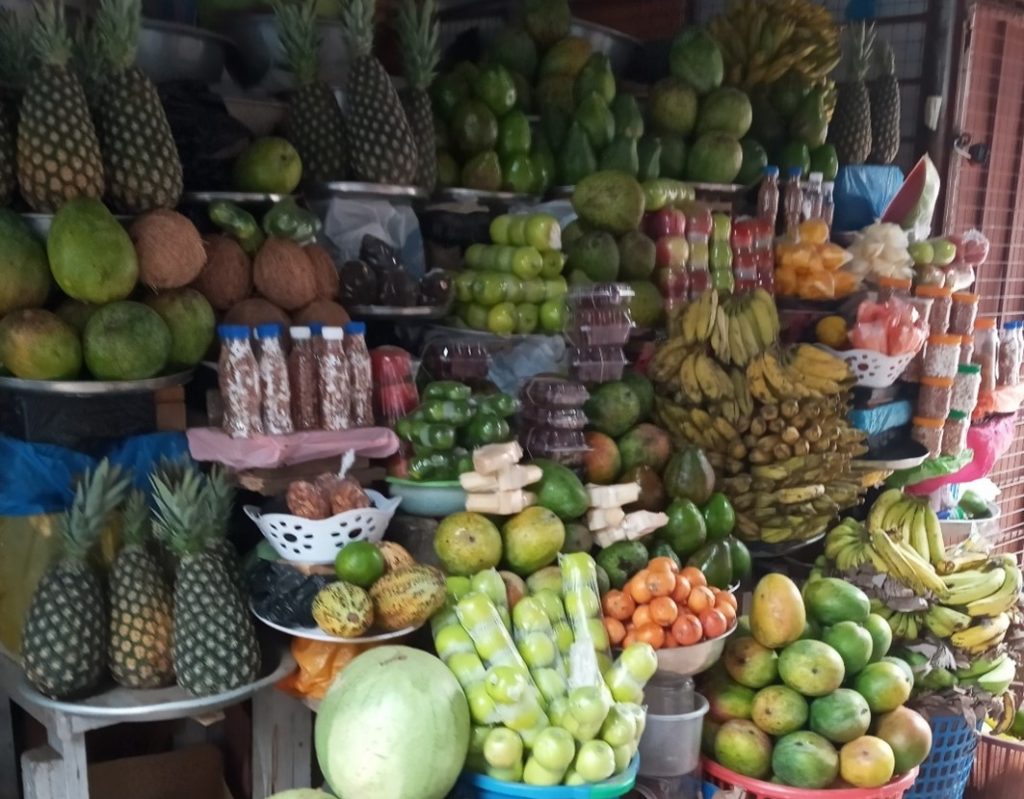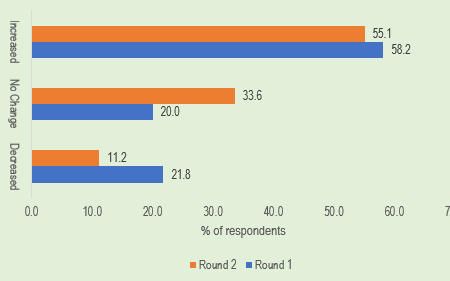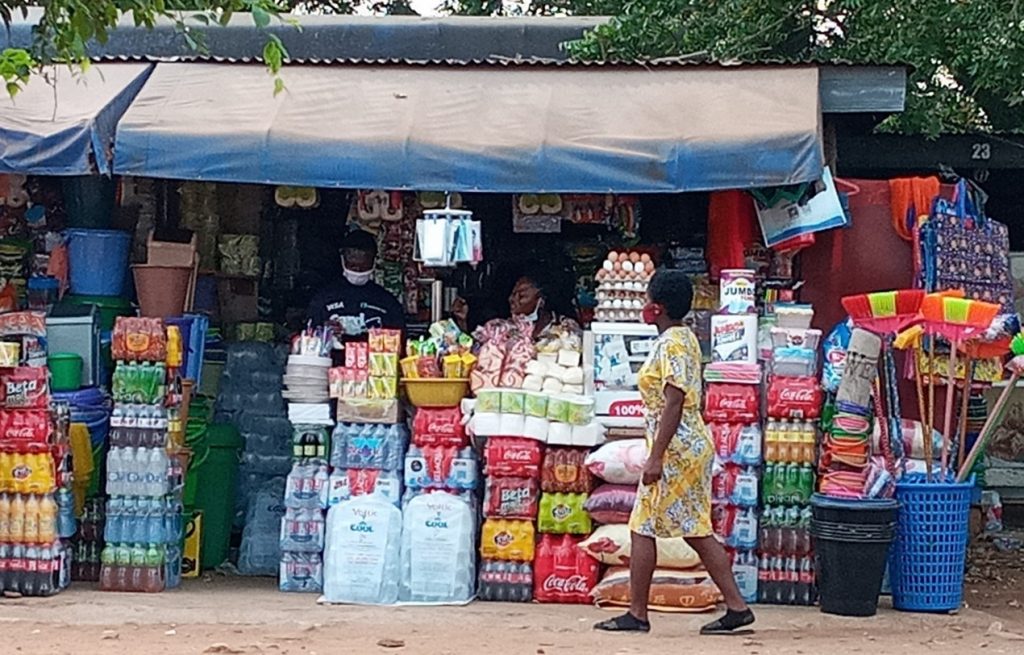Impact of COVID-19 on food systems and rural livelihoods in south-western Ghana

Written by Louis Hodey & Fred Dzanku
This blog highlights the findings of a recent study that seeks to estimate the impact of COVID-19 on food systems and livelihoods in south-western Ghana and provides insights based on household-level and key informant data gathered in the first and second rounds of three expected surveys.
This blog is linked to APRA Round One and Round Two country reports on the Impact of COVID-19 on Food Systems and Rural Livelihoods in Ghana.
Read the full APRA synthesis report on the Rapid Assessment of the Impact of COVID-19 on Food Systems and Rural Livelihoods in Sub-Saharan Africa, here.
Background
Beyond its severe impact on public health, the COVID-19 crisis appears to be affecting broader spheres of life. Evidence is gradually emerging on the impact of the crisis on food systems and rural livelihoods worldwide. The first (R1) and the second round (R2) APRA surveys involved 110 households and 107 households respectively in the Mpohor and Ahanta West districts of Ghana’s Western region. Additionally, five key informant interviews were conducted in each round. The study communities are Akatanchie, Ahountemo, Hotopo, Manso and Adum-Dominase. The R1 survey was conducted in June/July 2020, and the R2 survey was in October/November 2020. The final round (R3) of the survey is scheduled for mid-February 2021.
Key findings
Our findings show that one of the immediate responses of farmers to the announcement of COVID-19 restrictions in the country was a decline in their participation in farm and off-farm economic activities. This however improved between R1 and R2 surveys, following the easing of most COVID-19 restrictions by the government.
Next, though farmers’ access to output markets improved marginally since R1, access to farm inputs such as seeds, fertilisers, as well as extension and advisory services remain highly constrained by increasing input prices, COVID-19 movement restrictions, and severe financial difficulties caused by the COVID-19 crisis. In one of our key informant interviews, a community leader in Ahountemo indicated that:
“The markets are relatively better since the last interview. Unlike the lockdown period, activities are back to normal. People can work now and have some money to help them meet their basic needs.”
Community leader in Ahountemo
This decline in access to farm inputs is likely to affect crop yields and subsequently, farm incomes, with potentially dire implications for households’ food security and well-being.
Further, we find that though the closure of many informal markets in key urban and peri-urban areas to avoid crowding has initially disrupted food supply systems in R1, the output market situation has improved considerably in R2, thanks to the easing of such restrictions over the period.

Households generally reported spikes in the cost of living, suggesting declining living conditions in the area, although the severity has eased marginally between R1 and R2 surveys. Decrying the price hikes, a community leader in Manso has this to say:
“The only food that is now in short supply is cassava. But the prices have really increased. We buy them at twice the prices we used to buy.”
Community leader in Manso
Indeed, Figure 1 shows that more than a half of respondents observed increased cost of living following the COVID-19 crisis, though this observation slightly declined between R1 and R2 surveys.

Subsequently, our findings point to a precarious food insecurity situation among households in the study area. This appears to be fuelled by increasing costs of living amidst financial hardships imposed by the COVID-19 crisis. Indeed, though the availability of food supplies has generally improved between R1 and R2 surveys, price hikes persist for certain important food items.
Quite markedly, we find that the COVID-19 alleviation support received by households from government and other local sources have considerably declined between the two rounds of survey.

Speaking in relation to the declining support, a male community leader in Manso, one of the study communities made the following passionate appeal during a key informant interview:
“We are still appealing to the government to come to our aid and help us with some form of financial assistance to lessen our hardship.”
Male community leader in Manso

Conclusions and the way forward
In summary, our key findings so far point to increasing costs of living resulting from rising food prices and declining income levels. This has further heightened the food insecurity situation of farmers in the study area. Amidst these difficulties, COVID-19 alleviation support for farmers in our study area is reported to be waning. How would these vulnerable farmers cope with these conditions going forward? According to the Food and Agriculture Organization of the United Nations (FAO, 2020), safeguarding the lives and livelihoods of the most vulnerable people is important to mitigate the impacts of the COVID-19 crisis on vulnerable households in the short term. Therefore, efforts geared at building the resilience of food systems and improving livelihoods by targeting the worst affected groups such as smallholder farmers is critical to safeguarding the sustenance of the most vulnerable in Ghana.Indeed, improving farmers’ access to key agricultural inputs such as seeds, fertiliser, and other farm inputs would be critical to this end. Most importantly, the role of government and non-governmental organisations would be crucial in providing the required production and livelihood supports to smallholders.
Feature photo: One of APRA Ghana enumerators in an interview session prior to the COVID-19 crisis in Ghana. Credit: Louis Hodey
Please note: During this time of uncertainty caused by the COVID19 pandemic, as for many at this time, some of our APRA work may well be affected but we aim to continue to post regular blogs and news updates on agricultural policy and research.
